Saving money and other resources to use in the future is a basic human drive. Without this behavior the species could not have survived the eons nor become what we are today. The desire to save away our abundance excess in order that it may come into use during times of need has indeed served us all well. Today many people in the world do not directly farm or produce their own sustenance, warmth, or shelter, rather they pay for these items and services with money. The money can be replenished when the person performs a specialized set of tasks for the rest of society in some way, usually this is their career work. When money is the fruits of labor, then money must be saved away due to the fact that it is tied directly to survival in this scenario. A true farmer can save away crops at harvest time and reserve some for use during the remainder of the year, until next harvest. A person who is employed in a modern job, usually a specialized position and a career, can indeed buy food and fuel at peak production times and save away for the rest of the year until next peak, however this is just not feasible for most. It would require a lump sum of money to purchase the goods, a place to prepare and store them, plus the time and ability to do these things. With modern society there are few people who have time, after performing their own job all day, to put in the time required at harvest that is needed to properly prepare for the coming year. Nor do they have room and climate control sufficient for the task. What makes sense is to pay someone else to store the food and goods all year, let them specialize in their own field of expertise, and simply buy the goods from their stockpile as needed. In this case, saving of money becomes the focus. Money is what buys the stored goods which we could harvest and store ourselves, however we choose not to because it is much more efficient to “pay the pros” and then focus on what each of us does best, our job. Through this job and the subsequent money we are able to purchase not only the things we can provide if we choose to, but also those things that we couldn’t provide, like fossil fuels, electricity, etc. Having a savings of money is critical in a world like today’s, everything is for sale and money is what buys it. If for some reason the flow of money is interrupted or an unexpected expense arises, having money saved aside allows a continued sense of comfort. The savings can take care of the interruption with no worries whatsoever about ongoing needs and expenses. The beauty of savings is that you don’t feel panicked or desperate if financial revenue “hiccups” occur, the savings allows for smooth sailing right on through.
Even though saving money is commonly appreciated as good financial sense, many people today truly want to save money properly and on a regular basis, but are not able to do so because of other pressures upon their time and resources. This is so common that more than half of Americans do not have any savings whatsoever, and many are living paycheck-to-paycheck or hand-to-mouth. The author has experienced both sides of this equation and understands how every penny of a salary can be spent before it is even earned, this is a common place to be these days. Just know that there is a way out of any situation, and to get there requires one change in thought to get started. If you know someone who has trouble with “making ends meet” then perhaps a bit of encouragement to save even just a small amount of money each payday could turn their life around completely. Studies have shown that people who start saving some money reliably each time an amount is received end up not even realizing or feeling that it is “missing” from their expense budget. For instance, people who begin automatically saving ten percent from each paycheck report that the 10% “reduction” in spending, diverted to savings instead, was not even noticed! This means that they now have savings and didn’t suffer one bit for it, and anyone can do the same. One helpful key for many people is the automatic savings method. This way a predetermined amount, be it a flat amount or a percentage, is first placed into savings before any of the money is available for spending. In this way the savings always receives the correct portion, and it grows like a weed over time. If the savings are in an interest-bearing account then the money earns more money while it just sits in the bank. This is a growing snowball and is how people get rich. It doesn’t happen overnight, the get rich quick road rarely takes anyone to happiness. Rather the steady and repeated deposits into savings do grow, and then the savings themselves earn money for you, more and more, compounding upon its own earnings, making you rich in the process.
The forced, or automatic, savings method works wonders for many who use it. The one drawback at the time of writing is that interest rates on any kind of savings are incredibly low. The money will still work for you, but without returns as high as years past. However a unique situation and opportunity exists in the US dollar and silver commodity markets that may allow absolutely huge returns on silver versus the dollar in the years to come. The situation is this: silver is one of a small number of things that are considered “real money” and it is being forcibly kept at a extremely low price at this time, so purchases of silver today may amount to returns of over 600% in the near future. To expound upon that, a group of powerful interests have kept the silver price artificially low for many years, and today it continues. Also, the price of silver when purchased with paper US dollars is astronomically low in terms of real value. The value of silver is constant over time on relation to other real goods like food, fuel, shelter, materials, etc. so in other words, an ounce of silver today will buy what the same ounce of silver bought 200 years ago, more or less. This index, like a “Standard & Poors 500” (S&P500) or the “Dow Jones Industrial Average” (DJIA) is an actual value of silver as it would directly buy other goods,. What it shows is that silver is highly undervalued today so purchasing it at any decent price is an absolute investment in future value, as it stands to increase in value six times or more. So, $20 cash put into silver coins today stands to return $120 cash or more in the upcoming years. The reason this is possible is because the US dollar is now a fiat currency and it is backed by nothing, this means that the dollar is worth whatever we all say it is, and nothing more. This may be scary, but it us true, we the consumers do dictate what a dollar is worth these days. In this atmosphere the price of silver is beaten down to stay super-low at all times so that people do not convert all their paper dollars into silver all at once. You can be ahead of the game bu getting into silver now. One nice thing is that silver can almost never lose value versus the dollar, and it will never lose its real value in relation to other goods. It is such a wonderful investment because we just can’t lose money on it, and we stand to gain huge, astronomical profits in the years just ahead.
Forced savings with monthly silver is excellent. Even a poor deal is a good deal in the long run because of how much dollar value the silver stands to gain. Its so nice to get a surprise each month, shiny real silver coins and bullion! It feels so good to watch my stockpile grow, you can see yours growing too, making you impervious to money woes. For just a buck a day I buy my own peace of mind, you can too. You’ll never miss the small amount of money, but as you watch your real savings grow you’ll gleam and beam with huge smiles and confidence. Fill your treasure chest with the stuff that pirates would kill for! Silver is no joke, it is a huge investment opportunity for those with good sense, foresight, the desire for financial security today and the patience to become rich.
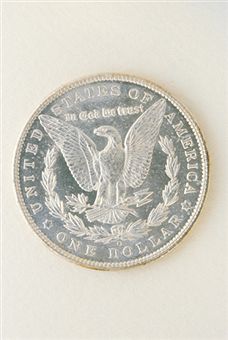
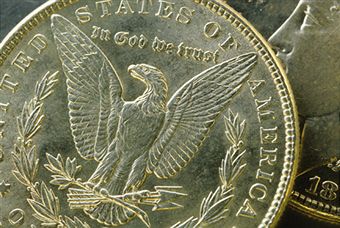
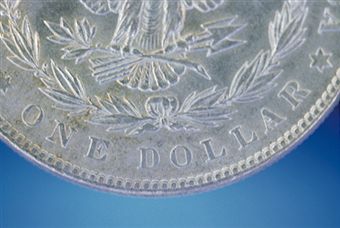
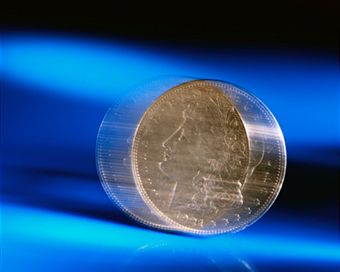
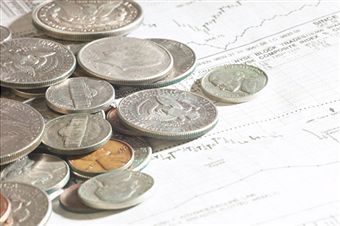
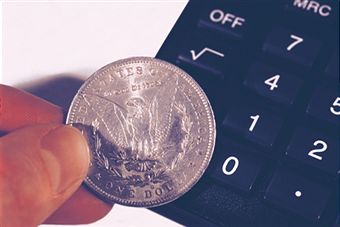
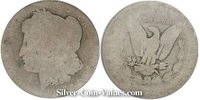
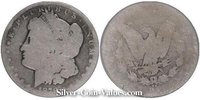
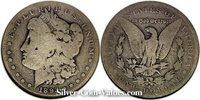
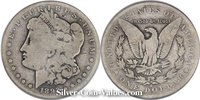
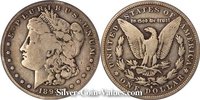
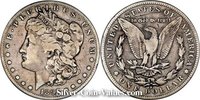
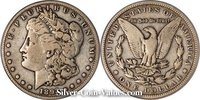
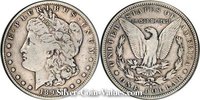
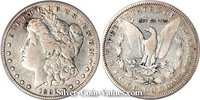
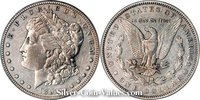
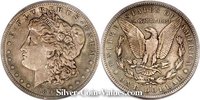
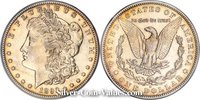
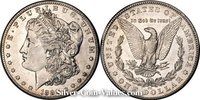
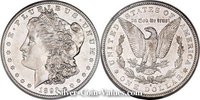
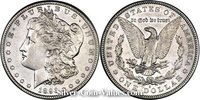
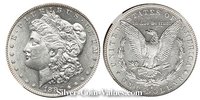
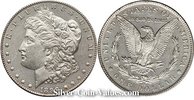
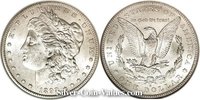
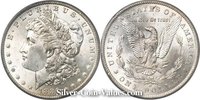
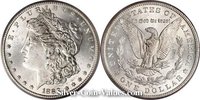
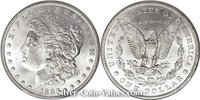
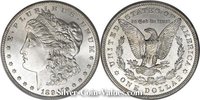
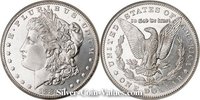
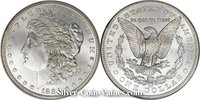
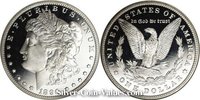
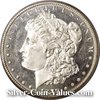
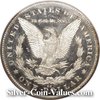
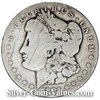
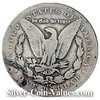
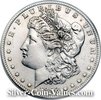
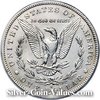


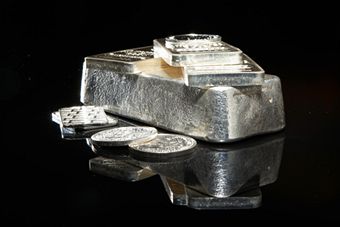
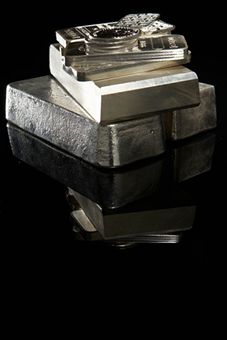
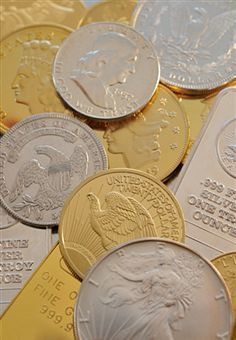
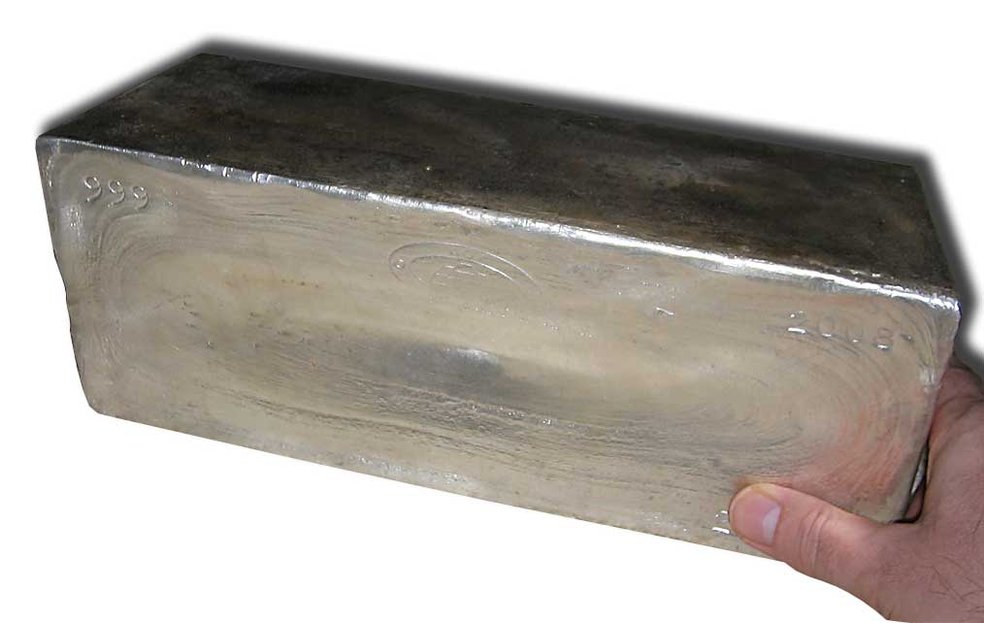



![[Silver chart: price history 1985 to Present]](http://www.kitco.com/LFgif/ag85-pres.gif)
![[Silver chart: price history 1933 to 1999]](http://www.kitco.com/LFgif/ag792-999.gif)